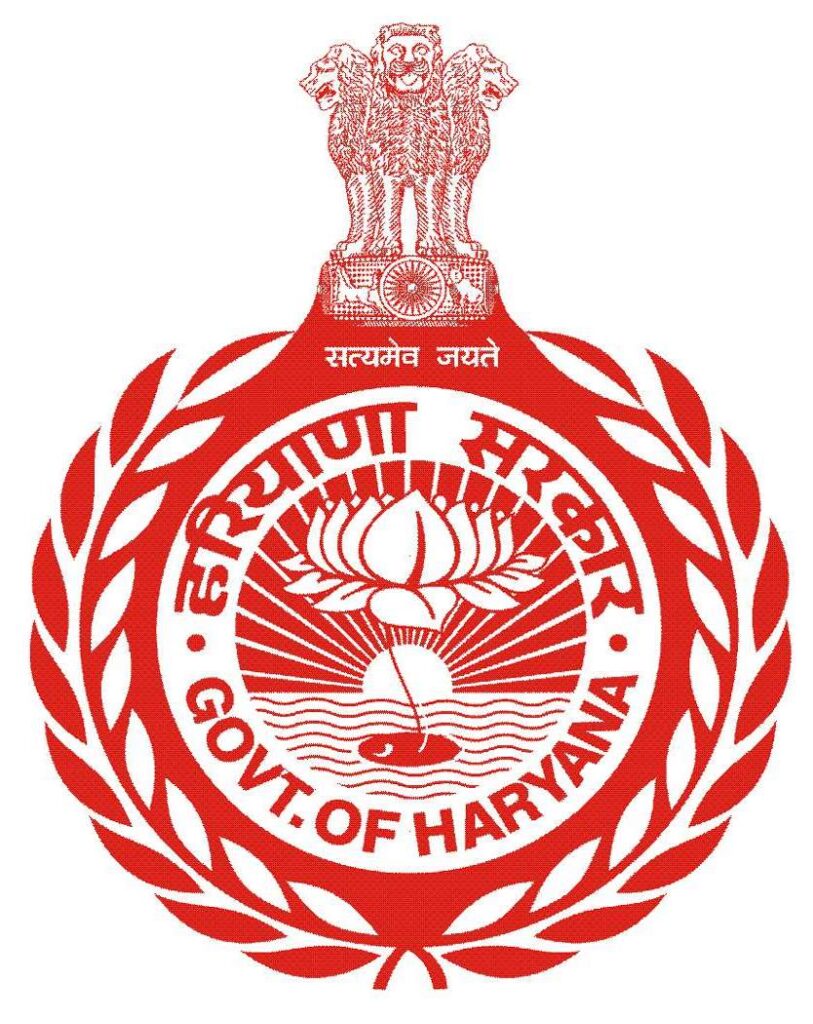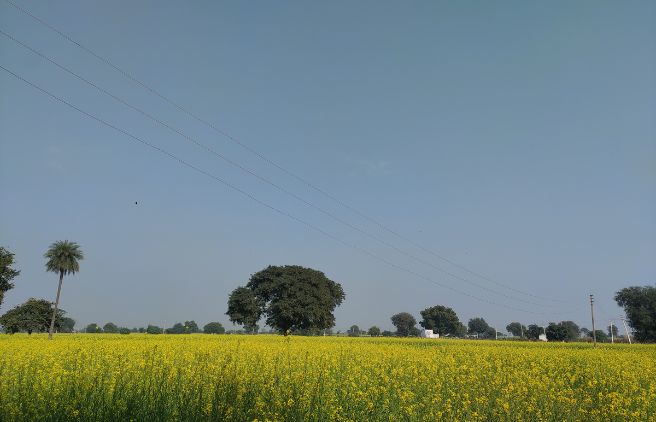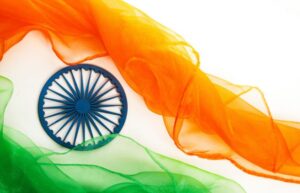As spring paints the land in vibrant hues, India awakens to the joyous festival of Baisakhi, also known as Vaisakhi. Falling on April 13th or 14th, Baisakhi marks the beginning of the solar new year and holds immense cultural significance across North India, particularly in Punjab.
A Celebration of Abundance:
Baisakhi is primarily a harvest festival, a time for farmers to express gratitude for a bountiful crop and pray for continued blessings in the year ahead. Golden fields of wheat are harvested, and the air is filled with the spirit of thanksgiving.
Beyond the Fields: A Celebration of Community
Baisakhi transcends its agricultural roots and is a vibrant celebration of community and togetherness. Here are some highlights of the festivities:
- Bhangra and Gidda: The streets come alive with the energetic beats of Bhangra, a traditional dance performed by men, and Gidda, a vibrant dance by women, both showcasing joyful abandon and cultural pride.
- Colorful Attire: People dress in their finest traditional clothes, adding a festive splash of color to the celebrations.
- Gurudwara Visits: Sikh devotees visit Gurudwaras, the holiest places of worship in Sikhism, to offer prayers and participate in langar, a community kitchen serving free food to all visitors.
- Melas and Fairs: Vibrant fairs are held, offering traditional food, music, and games, creating a festive atmosphere that brings people together.
The Historical Significance of Baisakhi:
For Sikhs, Baisakhi holds additional significance. On this day in 1699, Guru Gobind Singh Ji, the tenth Sikh Guru, established the Khalsa, the Sikh martial order known for its commitment to equality, justice, and service.
Baisakhi Around the World:
Baisakhi is celebrated by Punjabi communities across the globe, carrying a sense of cultural connection and heritage wherever they may be.




